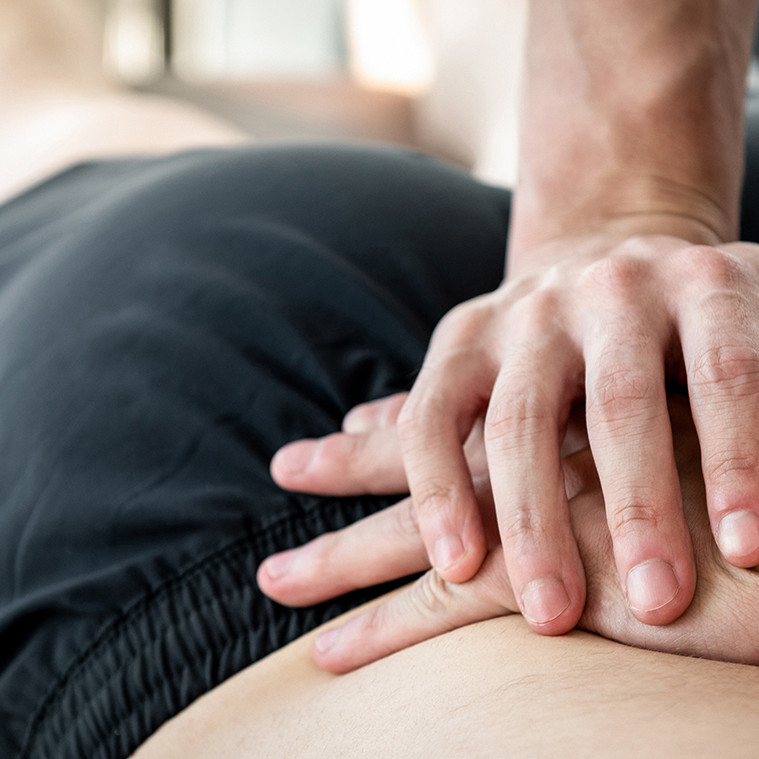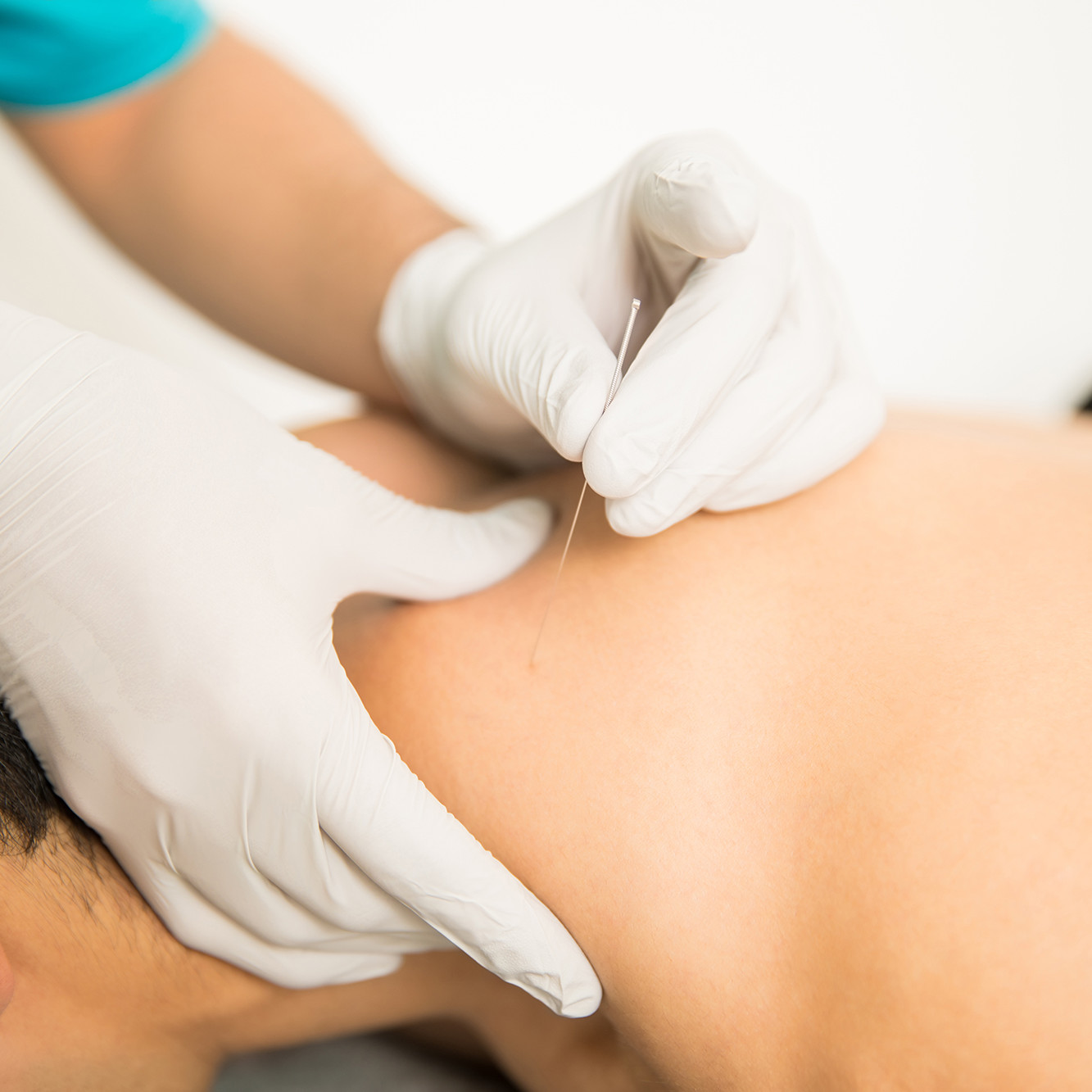Manual Therapy
Manual therapy is the application of highly skilled, hands-on treatment to all of the body systems (joints, muscles, nerves and fascia – the tissue that covers everything within our body) with the goal of making changes to promote better function, mobility and symmetry, all with less pain. The types of manual therapies that we do include: Muscle Energy Technique, Myofascial Release Technique, Trigger Point Therapy, Mobilization, Manipulation, Craniosacral Technique, Indirect Technique, Strain/Counterstrain.
Dry Needling FAQs
“Dry Needling” is labeled “dry” because it is just that – dry, meaning there is nothing we are injecting into your body like a flu shot. That is called “wet needling” and is done with a much thicker needle that has a hole in it to deliver the medication (injectate).
“Acu” means sharp, needle; “Puncture” means to pierce a surface. This form of therapeutic needle use began over 2000 years ago in China. The primary focus is on balancing energy (“qi” or “chi”) flow along the body’s pathways, called “meridians,” by a specific combination of the over 400 acupuncture points on the body. Western medical acupuncture has adopted the use of the needle from Traditional Chinese Acupuncture and applied the modality (the needle) to treat pain and dysfunction based on the Western medical understanding of anatomy, physiology and pathology.
We have a lot of different types of nerves in our body, and many of them are in, and just under, our skin. They are designed to carry messages to/from different places in our body and those messages result in various effects based on what triggered the message, where the message is coming from, where it goes, and what the message is. Dry needling stimulates a bunch of these nerves and helps decrease pain, promotes extra blood flow, triggers the release of specialized factors to decrease inflammation, decreases muscle spasms and can breakdown scar tissue.
There are small sensory nerves all over our skin that we cannot see, and some areas have a greater collection of those nerves than others. Sometimes we gently touch one of those nerves and you may feel a zing. All we have to do then is move the needle a millimeter or so and will be away from that nerve and that small pain from the needle will be gone.




